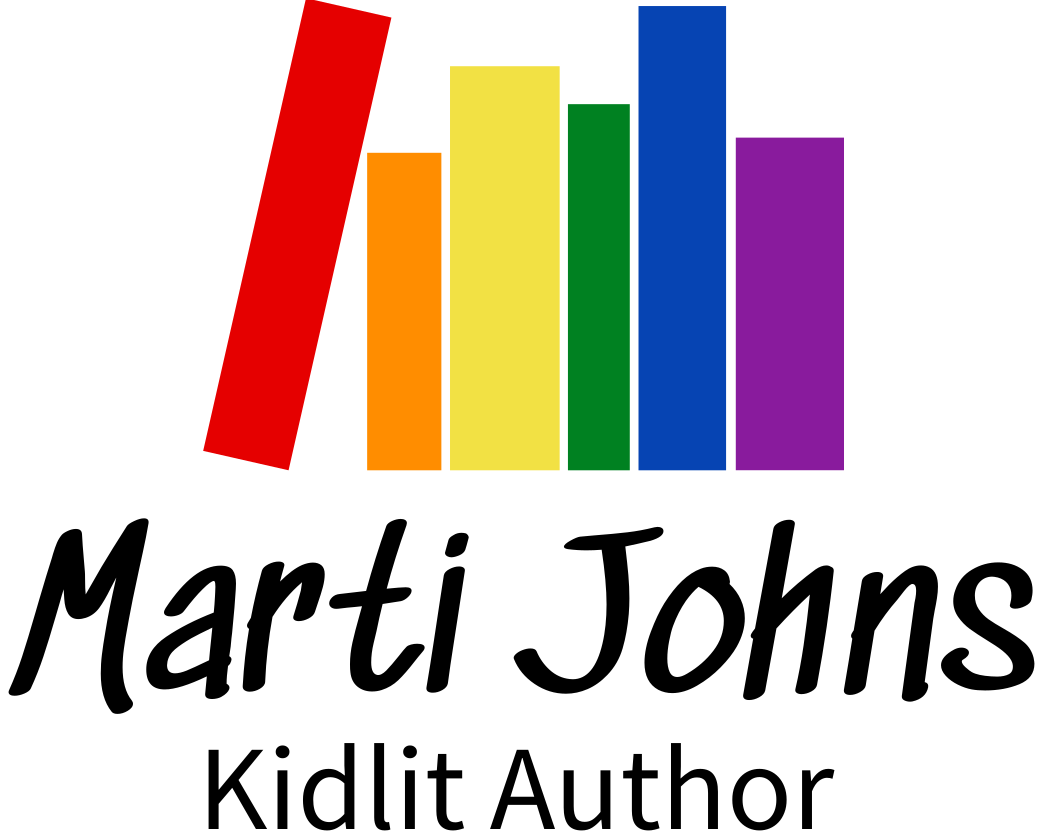I know, you’re thinking, “vexi-what?!” Vexillology. Vexillology is the study of flags. This month, I am taking a leaf from Sheldon Cooper of TV’s The Big Bang Theory, and we’re going to have “Fun with Flags”.
According to Merriam-Webster Dictionary, a flag is “usually a rectangular piece of fabric of distinctive design that is used as a symbol (as of a nation), as a signaling device, or as a decoration.” Flags have power. They evoke strong emotion – good and bad, pride and fear. Think about how you feel when you see your country’s flag or the Olympic flag. How do you feel when you see the Nazi flag with the swastika? Or, if you are old enough, the old USSR red flag with the hammer and sickle? Flags are more than just a piece of fabric.
When the LGBTQ+ movement first began, there was no flag or real symbol for pride, other than the pink triangle. The pink triangle was the identification badge homosexuals were forced to wear during the Holocaust in the concentration camps. It was hardly a source of pride.

Gilbert Baker understood the power of flags when he decided to design a flag especially for the LGBTQ+ community. In 1978, he created the, now famous, rainbow flag. Gilbert’s rainbow flag was first raised at the San Francisco Gay Freedom Day Parade on June 25, 1978 and has become the visual representation of LGBTQ+ pride.
If you want a children’s picture book about the creation of the rainbow flag, check out the fantastic Sewing the Rainbow: The Story of Gilbert Baker and the Rainbow Flag by Gayle E. Pitman, illustrated by Holly Clifton-Brown, and published by Magination Press.

Gilbert’s original flag had eight stripes and each stripe had a meaning.
- Hot Pink = Sex
- Red = Life
- Orange = Healing
- Yellow = Sunlight
- Green = Nature
- Turquoise = Magic and/or Art
- Indigo = Serenity
- Violet = Spirit

Turquoise and pink were difficult dye colors to find so the flag evolved into six stripes.

A black stripe was added in the 1980s to represent the AIDS crisis. And eventually, a brown stripe was added to represent the inclusion of LGBTQ+ people of color.

While most of us are familiar with one of these forms of the rainbow flag, there are many other flags we aren’t as familiar with. Many of the queer subgroups have their own flags. In actuality, there are 50 different sub-flags that are recognized by the LGBTQ+ community!
One way to understand all these flags is to think that the rainbow flag is like the American flag – it represents the entire community. The other sub-flags are similar to state flags – they only represent part of the community. Some of the sub-flags include:









There’s even a flag for those of us who are not LGBTQ+, but identify as allies to the queer community!

Like many things within the queer community, the rainbow flag keeps evolving. It now includes representation of the trans community and the intersex community.

All of these flags are important. When a member of the LGBTQ+ community sees a rainbow flag on a building or in a store or in a home, they understand that this is a place where they are safe and welcome. I have two small flags in my kitchen to designate my home as a safe space for LGBTQ+.

Many of Thing 1’s and Thing 2’s friends are members of the queer community, and they know that in our home, they can just be themselves without any judgement. Remember, flags, as symbols, have power. Apologies to Spiderman, but with great power comes great responsibility. It’s our responsibility to use this power to increase visibility and inclusion for all our queer friends and family.
